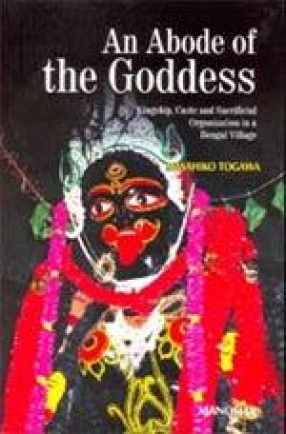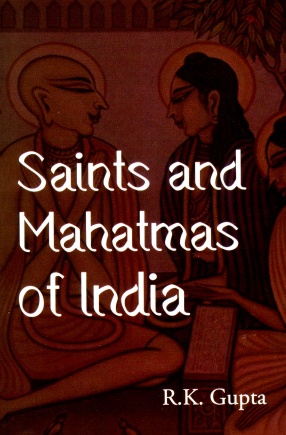This book, based on the field survey, is about a village society in Bengal, and its relationship with Hindu kingship on the ritual organization of an old temple. The village temple is well known for being one of 51 Sakta-pithas mean centres of Sakti worship or seat of the goddess Sati (another name of the body parts of the goddess Sati fell to earth after she had been cut to pieces by the discus of Visnu. Every place believed to have a Sati’s limb became the centre abode of the goddess (Pitha-sthan). The Village temple prospered under the patronage of maharaja Kirtichand (1702-40) OF Bardhaman Raj, through the temple history is far older than this. At the beginning of British rule, the Royal family of Bardhaman became the largest zamindar in Bengal. They exercised great authority over the local society which is still observable in the various ritual processes. The temple organization consists of the ritual posts and roles assigned to the various castes, lineages and households, which are fundamentally based on the kinship relations in the village. At the same time, the temple organization is founded on the service tenures granted by the Bardhaman Raj since the early eighteenth century, and even the village untouchable roles in the temple ritual as servants of the goddess. The analysis reveals the strong influences of the indigenous polity over ordinary life in the rural society.
An Abode of the Goddess: Kinship, Caste and Sacrificial Organization in a Bengal Village
In stock
Free & Quick Delivery Worldwide
reviews
Bibliographic information
Title
An Abode of the Goddess: Kinship, Caste and Sacrificial Organization in a Bengal Village
Author
Edition
1st ed.
Publisher
ISBN
8173046778
Length
225p., Tables; Figures; Plates; Notes; Appendices; Glossary; Bibliography; Index; 23cm.
Subjects





There are no reviews yet.